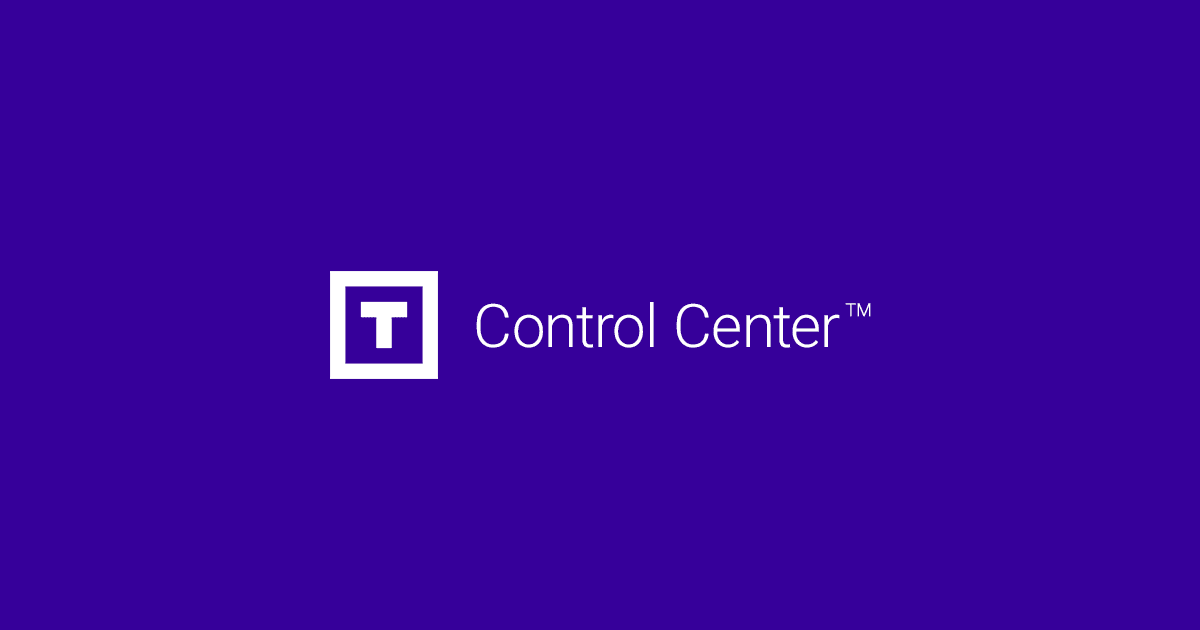
Have you ever seen the dreaded "Send Error: file too large" message? In today's business environment, the efficient exchange of digital information is essential for maintaining productivity and collaboration among teams. However, transferring large files presents significant challenges that can affect operational efficiency and the security of corporate data. This article analyzes the best practices for handling large files, comparing the use of traditional email with the cloud storage solutions that are transforming the way we collaborate.
Limitations of Email for Large Files
1. Technical Restrictions
Most email services impose strict limits on the size of attachments:
These restrictions are due to technical considerations such as:
- Limited capacity of mail servers
- Prevention of denial-of-service attacks
- Optimization of overall system performance
2. Professional Implications
Sending large files via email can lead to multiple issues:
- Inbox congestion: Large files take up valuable space and can quickly fill up assigned quotas.
- Prolonged loading times: Downloading bulky attachments can significantly slow down email access.
- Delivery problems: Emails with large attachments are more likely to be blocked by security filters.
- Compatibility difficulties: Not all email clients handle large files efficiently.
- Lack of version control: Tracking revisions becomes complex when multiple versions are exchanged via email.
Cloud-Based Solutions for Large Files
1. Strategic Advantages
Cloud storage platforms offer solutions specifically designed for managing large files:
- Elimination of size restrictions: Ability to transfer files of several GB without fragmentation.
- Resource optimization: Shared links minimize the impact on email and network infrastructures.
- Granular access control: Ability to set specific permissions (view, edit, download).
- Integrated version management: Automatic tracking of changes and updates.
- Real-time collaboration: Multiple users can work simultaneously on the same files.
- Advanced security: Options for encryption, multi-factor authentication, and access auditing.
Professional Best Practices
1. When to Use Email
Email remains suitable for:
- Small files (less than 5 MB) that require quick distribution
- Formal communications where the attachment is an integral part of the message
- Environments with restricted access to cloud platforms
- Occasional transfers where implementing a cloud solution would be disproportionate
2. When to Prioritize Cloud Solutions
It is advisable to use cloud storage platforms when:
- The file exceeds 10 MB
- Collaboration between multiple people is required
- It is necessary to maintain a version history
- Differentiated access controls need to be established
- The information is sensitive and requires additional protections
- Working with files that are frequently updated
Security Considerations
1. Protection of Sensitive Data
When sharing confidential information, it is essential to:
- Implement end-to-end encryption whenever possible
- Use additional passwords to access critical files
- Set expiration dates for temporary links
- Restrict downloading when only viewing is required
- Log access for auditing purposes
Conclusion
The choice between email and cloud storage solutions for sharing large files should not be based solely on technical considerations. A strategic approach that considers factors such as operational efficiency, security, collaboration requirements, and regulatory compliance will allow for the optimization of digital communication processes in professional environments.
In most contemporary business contexts, implementing a hybrid strategy—using email for formal communications and cloud platforms for the transfer and collaboration on large files—represents the most efficient and secure approach.




